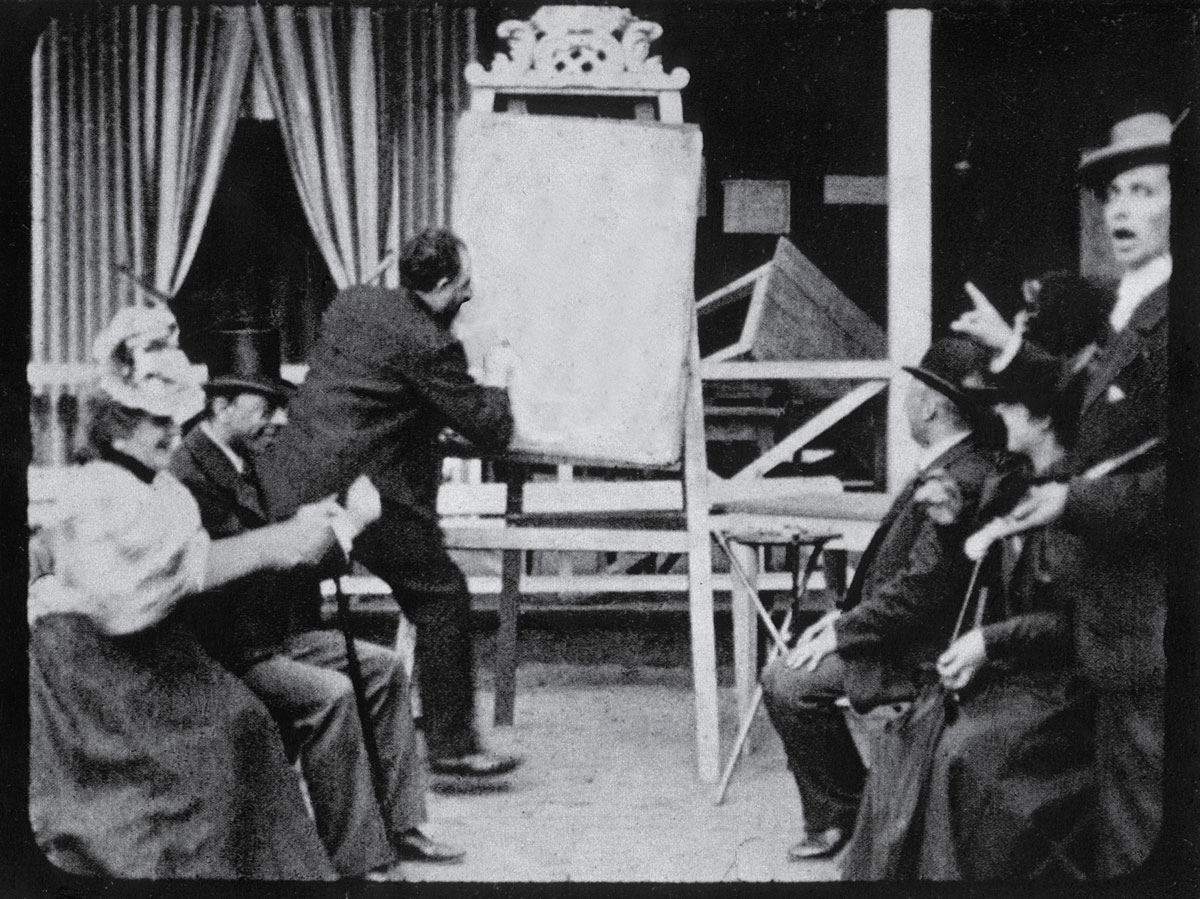The Tale of the Color
Little Grülp’s search for a home
Georg Simmel

Once upon a time, there was a color that we will call little Grülp, because we don’t know his real name yet. One day, little Grülp noticed that the other colors were looking at him a bit askance, or acting like he wasn’t there at all. Little Grülp naturally thought it was because the colors were so vain they only thought of themselves. For they incessantly saw themselves in the mirror: green in the prairies; purple in old ladies’ dresses; for blue, the whole sky was its mirror. Black was the vainest color of all, gazing at his reflection in the ink that had written who knows how many stupidities.
When little Grülp had come of age, he wandered through the world, looking for his complementary color. Everywhere he went, however, each color already had its perfect fit. All the colors curtsied and said, “Sorry, but I’m already taken.” This seemed very odd to little Grülp, for he knew that he was not asking anything extraordinary; every color, after all, had its complement. So he thought to himself: you should start by looking for yourself in the world, and once you find yourself you’ll certainly find your complementary color. And yet, though little Grülp found all the colors, nowhere could he find himself, not even in the rainbow, which, beyond its purple ray, has a special shelter for homeless colors. Not knowing what to do, he finally went to see a magician who was called Colorum. Colorum was an old owl, and therefore could see only at night, which was the reason why he was an advisor in artistic matters, especially for painters. Colorum examined little Grülp up and down and left to right, and then began to pace around like someone who has something to say but doesn’t want to say it. A little embarrassed, Colorum launched into a long-winded speech, saying things like, “Existence is not always so lovely,” and “One can be really important without it, like, for example, those gods who don’t exist but still play a big part in the world.” Little Grülp didn’t understand at all what he was getting at and stared at the magician with big eyes until Colorum finally cried out: “You are—yes—you are the color that doesn’t exist!”
Little Grülp at first felt very frightened. But as he knew he couldn’t help it—his non-existence wasn’t his fault—he screwed up his courage and decided to live differently than before, resolving to see if he could at least be useful to somebody. That’s how he ended up in Paris, in the studio of Clixorine the painter. Barely through the doorway, Clixorine exclaimed: “Oh, but you’ve come just in time! You’re the color I’ve been looking for.” He made little Grülp a comfy little bed on his palette and from then on painted only with his help. Little Grülp had to swallow a lot of oil, and one day when he asked Mr. Clixorine to give him a little vinegar too, the painter said: “No, no, you are a color, not a salad.” Little Grülp was happy at last to be recognized as a color. But no one wanted to buy the paintings, because, after all, who wants a painting made with a color that doesn’t exist? Thus Mr. Clixorine, who refused to give up little Grülp, became thinner and thinner, and finally expired. Little Grülp was saddened to see that his nonexistence didn’t even afford him the advantage of not hurting anyone. Again he was forced to set off and wander about the world. He finally arrived at the Opal’s house, and asked him if he couldn’t somehow be of use. The Opal said to him: “Well, since I already have so many colors which exist and which don’t exist, I would be happy to welcome you too, and if you are faithful to me, you will lead with the others an exquisite life full of joy. But since you are now part of the family, you must have a name. I shall call you…” But I didn’t understand the name, and that’s why I can’t continue with the story, not knowing what to call its hero.
Translated by Aaron SchusterThis text, originally titled “Das Märchen von der Farbe,” was written in 1904. It appears in Hannes Böhringer and Karlfried Griinder, eds., Ästhetik und Soziologie um die Jahrhundertwende: Georg Simmel (Frankfurt: Vittorio Klostermann, 1976), pp. 238–239.
Georg Simmel was a German sociologist whose books include The Metropolis and Mental Life (1903) and The Philosophy of Money (1907).